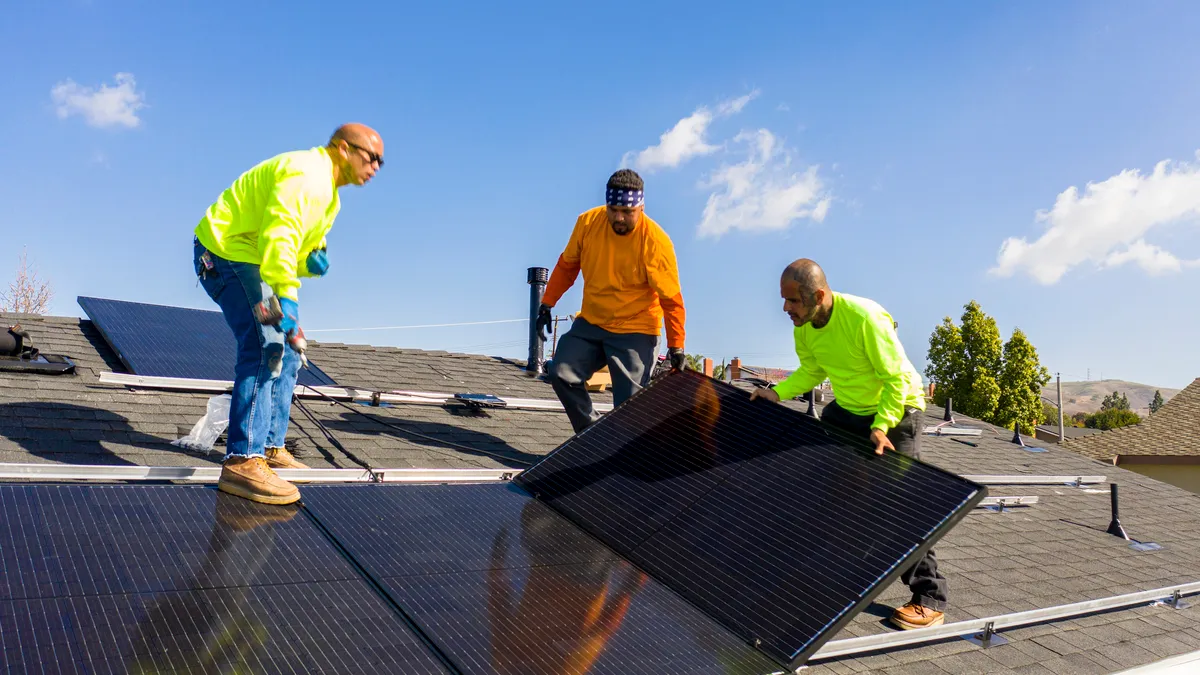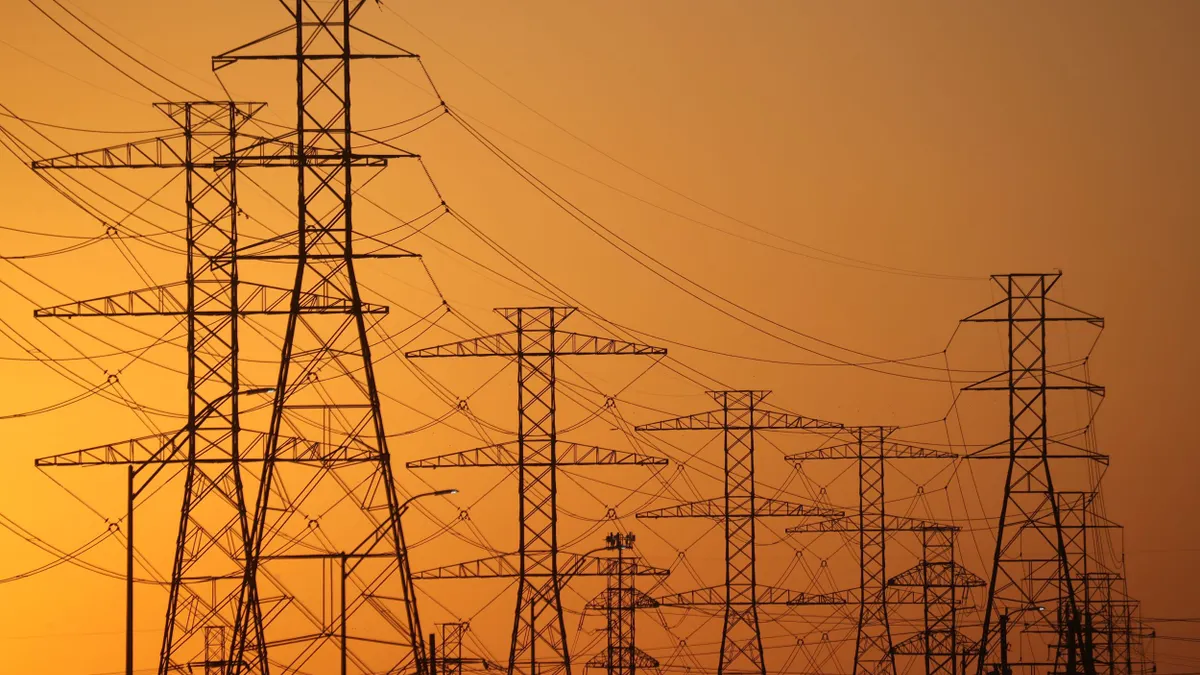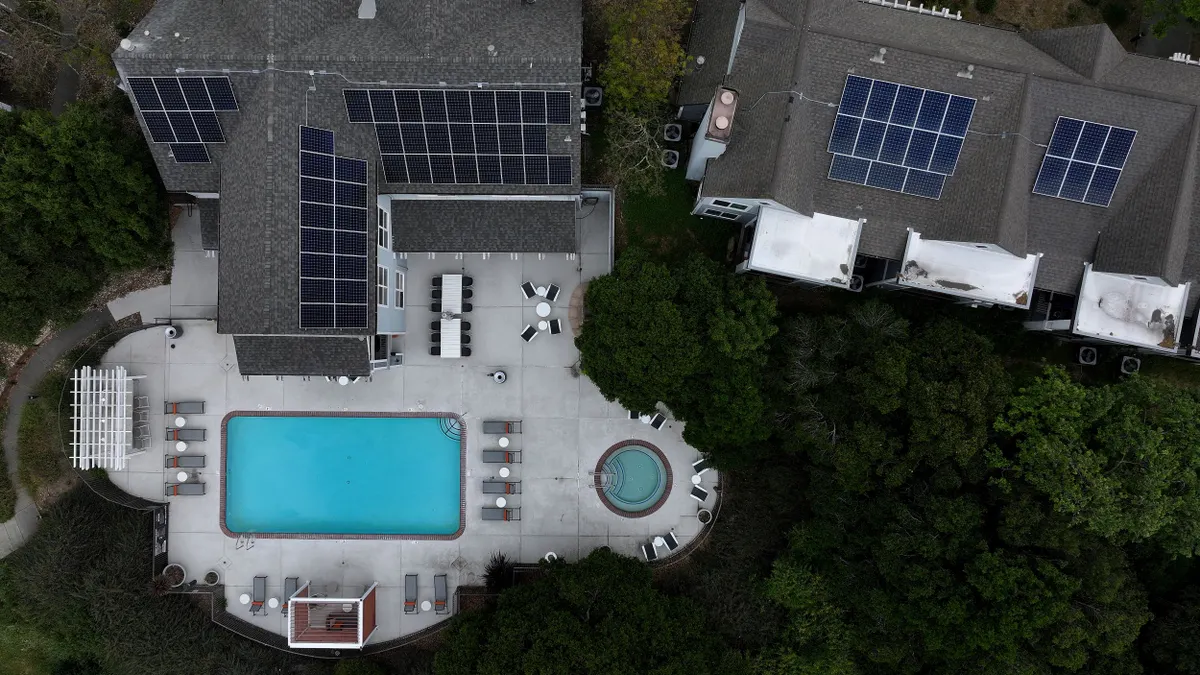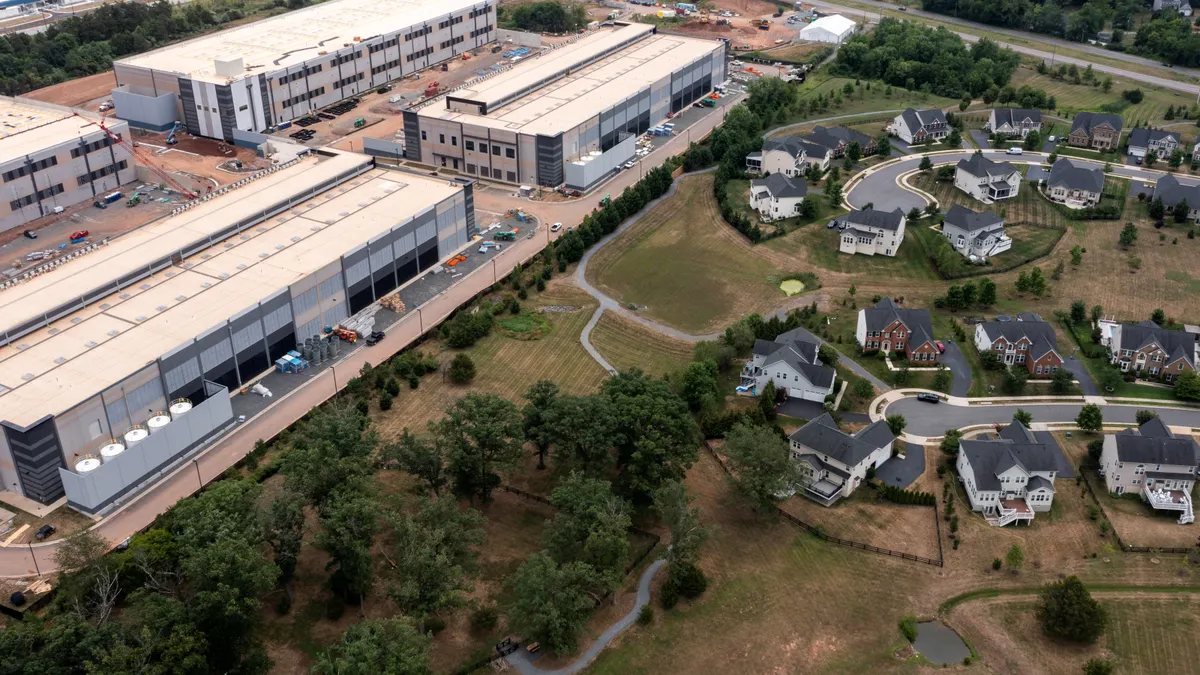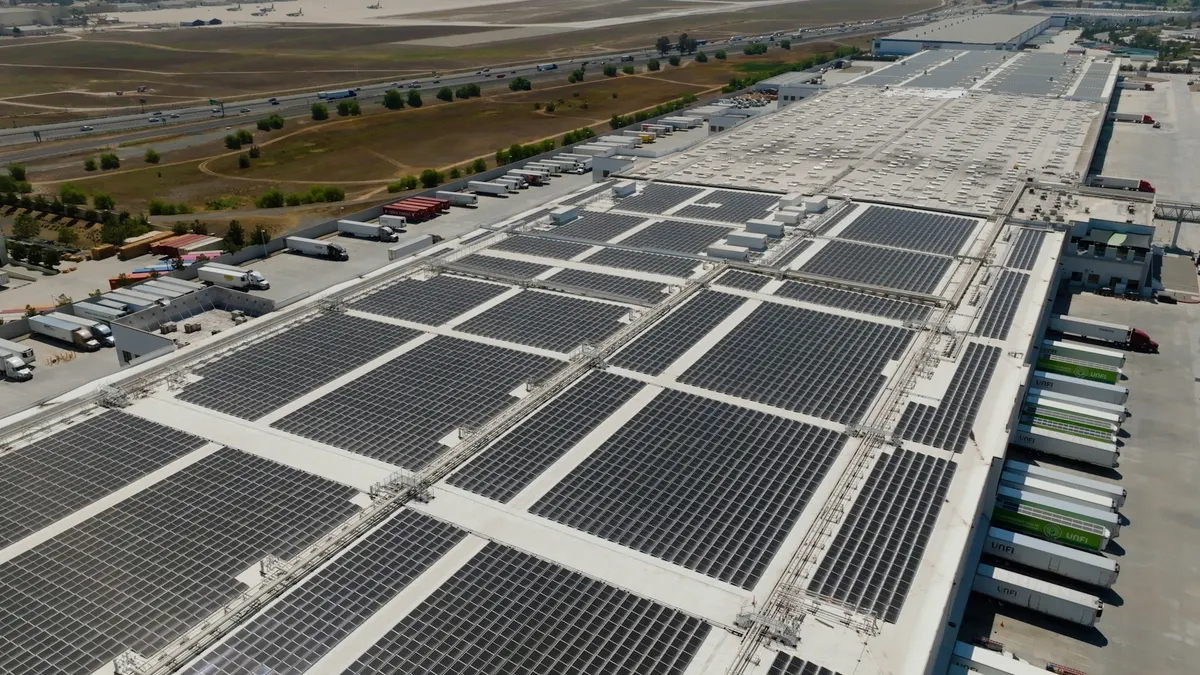California’s recent transition to a new framework to compensate customers who generate their own energy and export a portion of it back to the grid is leading to a flurry of interest in battery storage and is expected to significantly increase the number of batteries that are attached to solar systems over the next few years, industry experts say.
Companies like Sunrun and sonnen are introducing products and offerings that include energy storage, intended to derive the most value out of the new framework. Sunrun, for instance, recently launched an offering called Sunrun Shift, that enables customers to store excess rooftop solar energy for use when electricity prices are the highest.
The new net billing tariff, which some refer to as NEM 3.0, was approved by state regulators late last year, and will apply to any customers who submit interconnection applications for distributed solar generation on or after April 15. According to analysis by Wood Mackenzie, NEM 3.0 will reduce demand for distributed solar systems in California because it lengthens the payback period for standalone solar systems – or the time it takes to break even on the cost of the solar system – from the current four to six years, to up to 11 years depending on the utility.
Leading up to the April 15 deadline, developers and installers have been submitting as many applications as possible, which has created a sizable backlog expected to last for the next few quarters, said Zoë Gaston, principal analyst at Wood Mackenzie. As a result, residential solar installation volumes in 2023 are expected to be roughly flat as compared to 2022. Next year, however, installations are expected to fall around 38% – leading to a 3% contraction in the national market for residential solar, she added.
On the flip side, the NEM 3.0 has also been designed to incentivize battery storage, which would allow customers to store their energy and export it back to the grid during times when it is valued more highly. Depending on the utility footprint, customers who attach a storage system to their rooftop solar can reduce their payback period to closer to eight years, Gaston said. As a result, Wood Mackenzie expects that the attachment rates of storage systems to distributed solar in California will increase to more than 80% by 2027, from around 11% to 12% now.
“It’s going to take time, of course, for the industry to ramp up sales of these projects. Solar-plus-storage projects are more complicated than just solar projects – they’re harder to sell [and] could be more expensive upfront, especially right now in an inflationary environment,” Gaston said.
“So we believe companies that have existing storage offerings, or expertise with battery permitting and installations, are set up well for success under NEM 3.0,” she added.
Distributed solar and storage companies, meanwhile, are responding to the transition by rolling out product offerings with storage.
“They’re trying to find ways to differentiate themselves and incentivize storage. Companies are also investing more in storage sales,” Gaston said.
Many implications for solar and storage industries
While NEM 3.0 is expected to have many implications for the distributed solar and storage industry in California, it may not affect all companies equally. Sunrun, for instance, expects to see growth in its solar energy capacity of between 10% and 15% for 2023, said CEO Mary Powell. However, smaller solar companies could have a tough time if they don’t have prior expertise with storage systems, and aren’t able to transition quickly to the new framework.
The solar industry will likely shrink, especially in terms of smaller contractors, companies and door-to-door sale agents, said Blake Richetta, chairman and CEO of sonnen. “So the whole industry will contract, and the industry that’s left will be 100%... solar-plus-battery,” he said.
Under the prior NEM framework, the only economic driver pushing customers to install batteries in their homes was for resiliency in case the grid goes out, said Suzanne Leta, head of policy and strategy at SunPower. Now, customers can also use their batteries to better control when they export power back to the grid to get the highest credit value during certain times of day and seasons, she said.
A battery also makes it possible for utility customers to maximize the solar power they use on-site at times when the export rate value is not particularly high, she added.
According to data from Aurora Solar, a solar sales and design software firm, 82% of solar professionals have noticed an increased interest in battery storage from homeowners across the U.S. With NEM 3.0 in place, homeowner interest in batteries, specifically in California, will continue to grow. “Solar contractors are now putting more emphasis on selling solar plus storage installations because home battery systems are more economically advantageous under NEM 3.0 rules,” Andrew Gong, a senior research engineer with Aurora Solar, said in an email.
A focus on storage offerings
Distributed solar companies in California are adjusting to the new NEM 3.0 regime with storage offerings that can help customers derive the maximum value from their distributed energy systems. Sunnova, for instance, last month announced a plan to offer a free battery for new California customers who sign up for its solar-plus-storage lease services.
Sunrun, meanwhile, recently launched a new offering called Sunrun Shift, which includes a storage configuration that allows customers to consume their self-generated energy during peak hours – when electricity rates are the highest.
“It’s really an incredible sweet spot in terms of a product innovation because… when California goes through another massive heat wave, and is needing help from distributed energy customers, these customers too will be able to share their energy back with the grid,” Powell said.
Last September, sonnen launched a program called sonnenConnect, which uses batteries and virtual power plant software to help customers use their storage systems to participate in California’s wholesale energy market. The program was launched in partnership with residential solar contractor Baker Electric Home Energy.
“We built sonnenConnect California for NEM 3.0… making it so that even under NEM 2.0 it made sense, but under NEM 3.0 it would make a lot more sense,” Richetta explained. “We’re already participating in the CAISO wholesale markets and providing people in California with checks in the mail every month for their grid services.”
More broadly, distributed solar companies have also been preparing customers for the transition to the new framework by providing details about the shift.
“If you’re sitting in a typical consumer’s shoes, who isn’t familiar with solar – let alone batteries, or let alone rate tariffs – it can feel overwhelming. And our job is to make it simple and accessible for every American,” Leta said.
Correction: We have updated this story to correct the description of Aurora Solar, a solar sales and design software firm, as well as the geographic extent of the increased interest in battery storage, which is happening across the U.S.



